Slow due to lack of capital, procedures, land...
At a recent high-level forum on digital transformation, industrialization, and modernization of the country, Mr. Nguyen Anh Tuan, Deputy Director of the Institute of Energy and Environment, said that the power shortage in the North had actually been warned about several years ago. And an electricity investment project, from approval to project establishment, licensing, site clearance, etc., even if it goes smoothly, will take 3-4 years to put into operation. Not to mention many projects that have been delayed for years due to problems in converting forest land use purposes, lack of capital, slow BOT contract negotiations, etc. Mr. Tuan emphasized: "Ensuring energy security must be prepared very early."
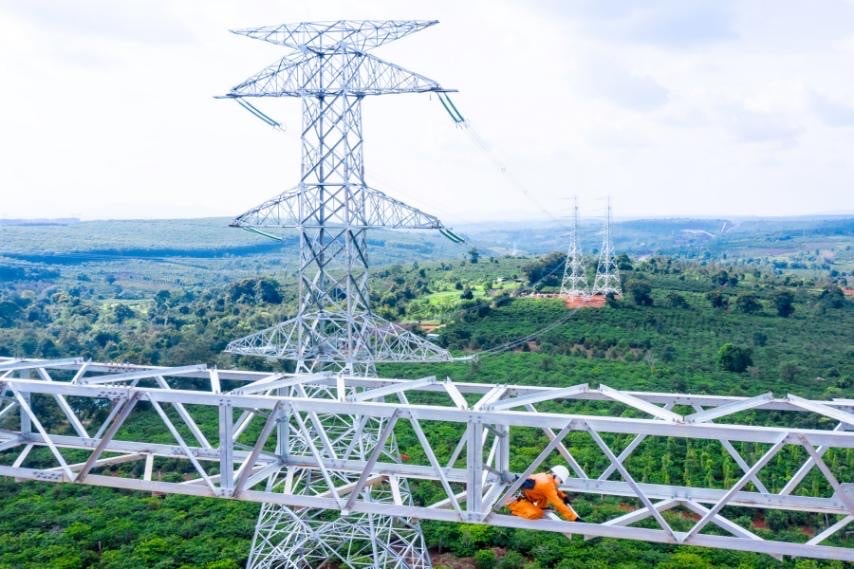
Solving the problem of electricity shortage requires more open reform
In the report sent to the Government on Power Plan 8, the Ministry of Industry and Trade also stated that most large power source projects are slow to deploy and operate concentratedly in the northern region such as Na Duong 1, Hai Phong 3, Cam Pha 3... due to difficulties in project establishment procedures, selecting investors, arranging capital or clearing land, causing a lack of baseload power for the system and the risk of power shortage until 2025. In addition, in Power Plan 7, many power source and grid projects outside of Vietnam Electricity Group (EVN), such as those of Vietnam Oil and Gas Group (PVN), Vietnam National Coal and Mineral Industries Group (TKV) have not been implemented. In addition, the chain of gas-power projects of Lo B O Mon, Ca Voi Xanh, LNG Son My gas-power... are behind schedule, greatly affecting the power source for the northern region. Even Thai Binh 2 Thermal Power Plant, which has just been put into commercial operation after more than 10 years of delay, only ran at 75% of its capacity in the first phase.
In Decision 500 of the Prime Minister approving the recent Power Plan 8, it clearly stated the implementation deadline of 5 coal-fired thermal power projects that are behind schedule and facing difficulties in changing shareholders and arranging capital. Specifically, Cong Thanh thermal power plant, capacity 600 MW; Nam Dinh, capacity 1,200 MW; Quang Tri, capacity 1,320 MW; Vinh Tan 3, capacity 1,980 MW and Song Hau 2, capacity 2,120 MW. All 5 of these projects are planned for the period 2021 - 2030. The plan clearly stated that the Ministry of Industry and Trade will work with investors of the above projects, allowing an extension until June 2024. If they cannot be implemented, they must consider terminating them according to the provisions of law. In these long-delayed and troubled thermal power projects, Cong Thanh Thermal Power Plant (phase 1 is 600 MW) in particular has basically completed the work of compensation, site clearance and leveling the factory site...
Since the end of 2019, the EPC general contract (including design, supply of technological equipment, materials and construction works...) between Cong Thanh Thermal Power Joint Stock Company and a consortium of two Chinese partners has been signed. However, due to the Chinese government's policy of stopping foreign investment in coal-fired thermal power projects, Cong Thanh Thermal Power is studying the plan to convert fuel and technology from coal to using imported LNG, and at the same time looking for partners to arrange capital to implement the project. In addition, some power projects are delayed due to loans from China such as An Khanh - Bac Giang Thermal Power Plant, Hoi Xuan Hydropower Plant, etc.
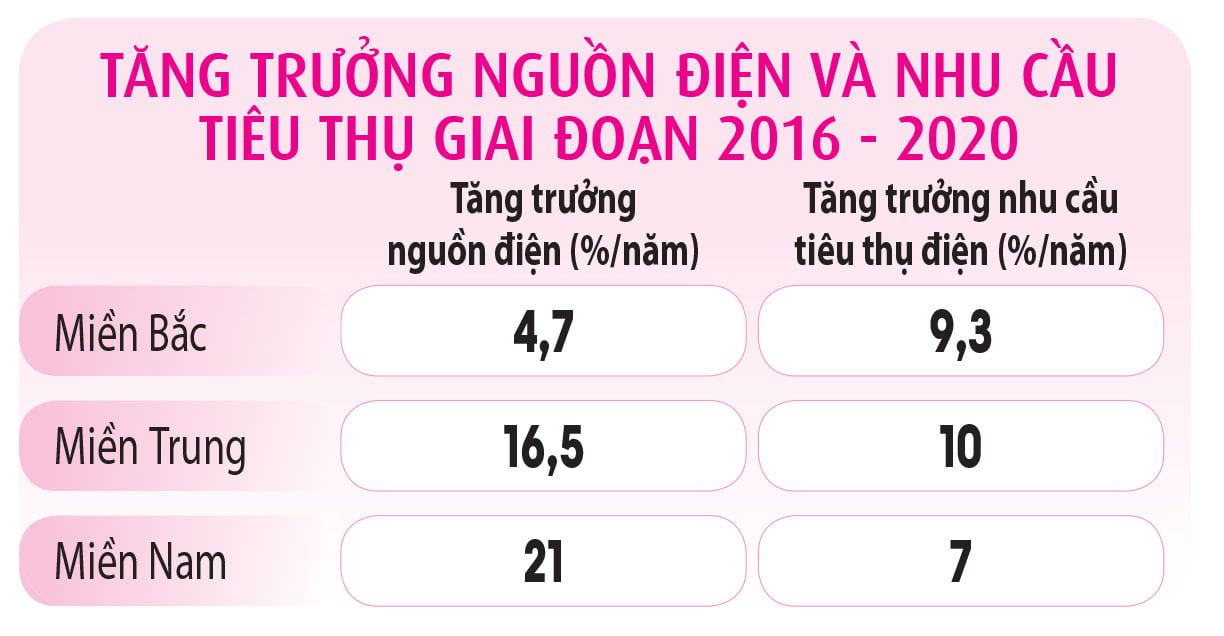
Breakthrough mechanism and "tough" with investors slow down
That is the proposal of Professor, Doctor of Science Tran Dinh Long, Director of Vietnam Electricity Institute, regarding power projects that have been planned, added to the planning but are slow or have not been implemented. He said: "The power projects have been included in the planning, according to the plan up to that time, the source will be increased by how many MW to serve socio-economic development, but for many objective and subjective reasons, investors have prolonged the project, delayed implementation, causing the supply to be unstable. In my opinion, it is necessary to improve the legal binding of investors' responsibilities. For example, the project is implemented slower than planned, the penalty for delay is how much, based on the actual electricity output mobilized or transmitted to the grid at the beginning... Only then can we ensure the strict compliance of investors with the project. Power planning is a national issue, energy security, it is time to not ignore the errors of slow progress, causing the planning to be broken, the consequences of which the economy and people have to suffer".
Professor, Doctor of Science Tran Dinh Long, Director of Vietnam Electricity Institute
Currently, the agency that manages and monitors electricity investment is the Electricity Regulatory Authority under the Ministry of Industry and Trade. According to experts, this unit must closely monitor projects that have been included in the planning. There must be necessary warnings and reminders for investors to make proper progress. "The electricity regulatory authority should also outline and draft regulations to handle projects that are behind schedule due to subjective reasons of investors," added Professor Tran Dinh Long. Regarding calling for investment in the electricity sector, he said that thanks to the opening up of investment in the development of the electricity sector, in recent years, Vietnam has also had very large strategies to attract investment capital from non-state economic sectors, especially foreign investors, to participate in the development of the electricity sector, specifically the development of renewable energy sources, solar power, and wind power. In particular, Mr. Long emphasized that the North needs to soon develop pilot pumped storage hydropower in the face of climate change, when water in hydropower reservoirs is simultaneously depleted.
Professor Long believes that attracting investors depends largely on the state's electricity price policy. If the state buys electricity at a price that ensures investors have reasonable profits and recover capital on schedule, it will not be too difficult to raise capital. He said: "Right from the policy of encouraging investment in renewable energy, the state needs to have a breakthrough in policy, there must be regulations before businesses apply for investment licenses and deploy the construction of power sources, they must clearly know who the customers are for their products, and must sign electricity purchase contracts before building power sources. By doing so, when they are slow, we will have a basis to punish them."
Energy expert Dao Nhat Dinh commented that over the past 5 years, the North has not had any additional large, stable, background power sources, making the power supply situation in this region increasingly "rationed" and very uncomfortable. Meanwhile, the North is the region with the highest growth rate of electricity consumption in the country. The average increase was 9.3% per year in 2016 - 2020, equivalent to nearly 6,000 MW, but the growth of power sources in the region only reached 4,600 MW during this period, equivalent to about 4.7% per year.
He said that the power source to serve the demand is insufficient, and there is no active surplus source. The Power Plan 8 was approved by the Prime Minister after 4 years of construction and nearly 2 years of submission and many revisions. This is the basis for power source and grid projects to be implemented. The Government Office also issued an official dispatch directing the implementation of a number of tasks to effectively and synchronously implement the Power Plan 8. Management agencies and localities need to speed up power source and grid projects to avoid the risk that in the dry season the power system will fall into a situation of "measuring" and depending on the weather as it is now.
In addition, regarding the mechanism to encourage the development of self-produced and self-consumed rooftop solar power, which the Ministry of Industry and Trade is drafting, expert Dao Nhat Dinh added: "The mechanism needs to focus on encouraging households and businesses to use electricity for self-investment, avoiding massive development...".
Source link


![[Photo] Visiting Cu Chi Tunnels - a heroic underground feat](https://vstatic.vietnam.vn/vietnam/resource/IMAGE/2025/4/8/06cb489403514b878768dd7262daba0b)







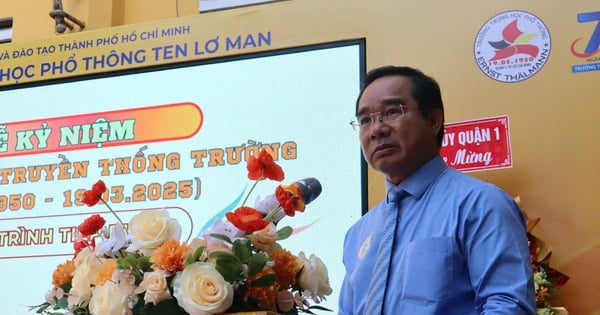





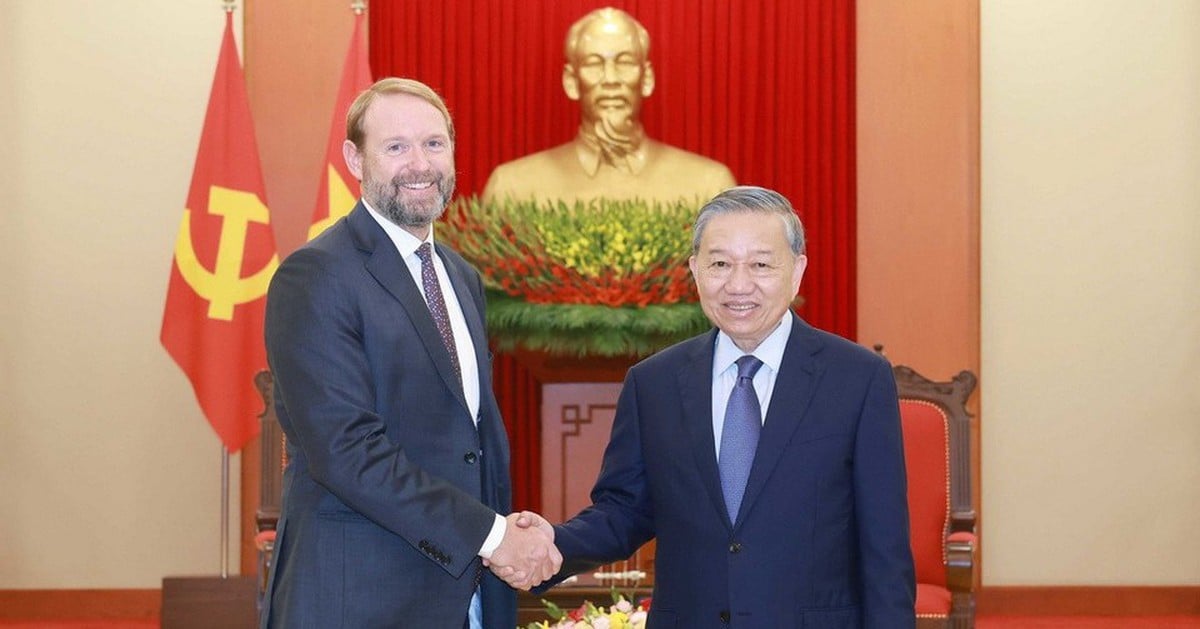

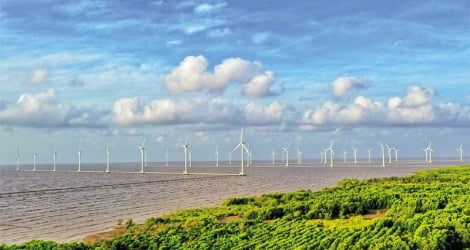
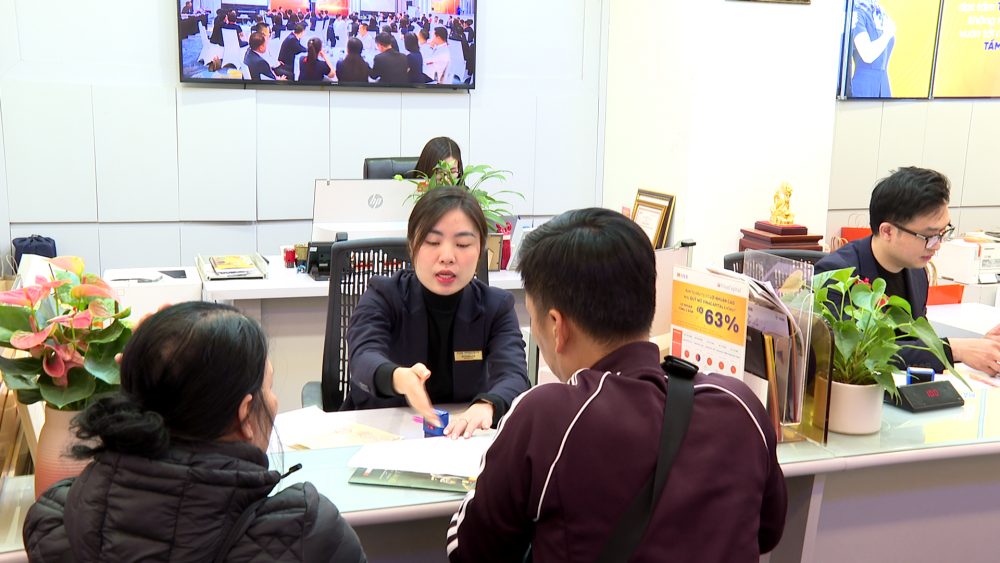

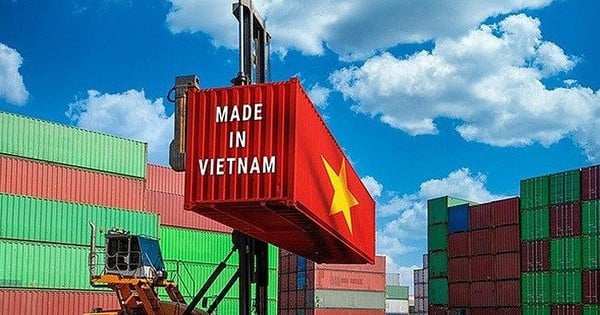
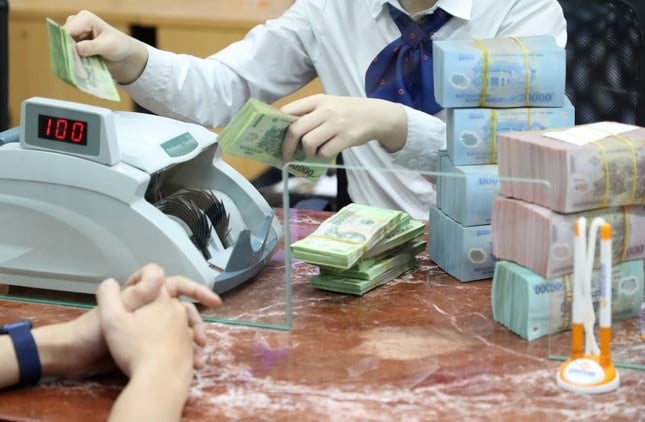
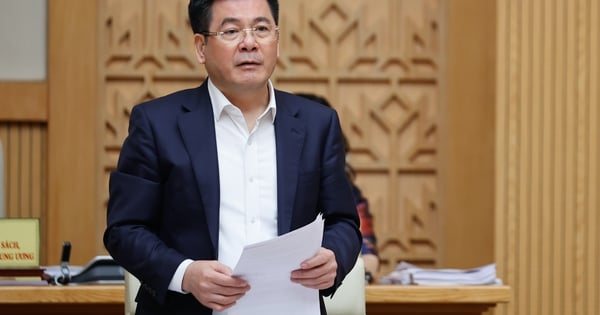
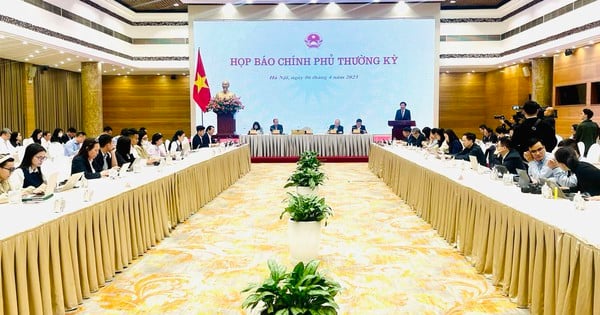




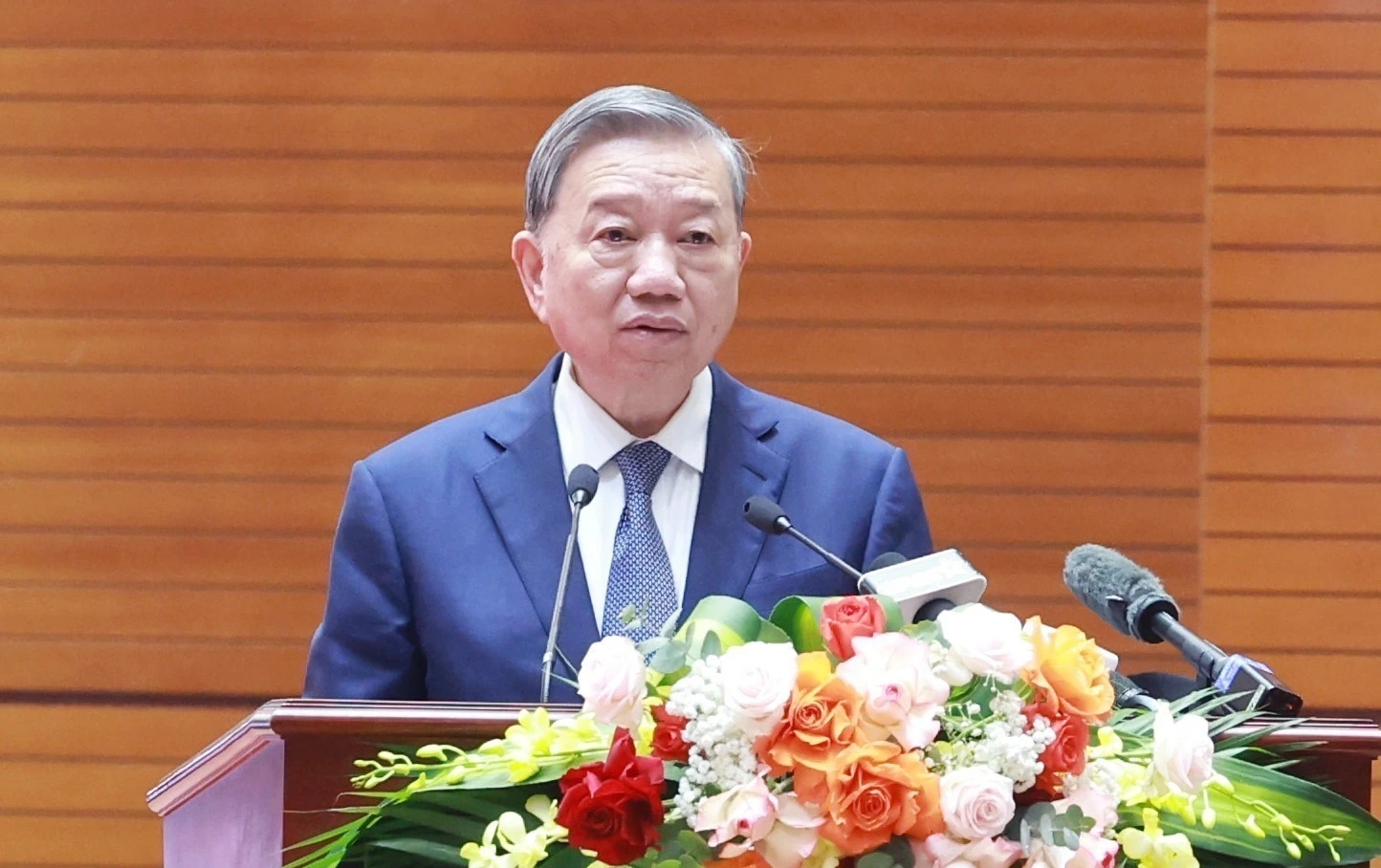



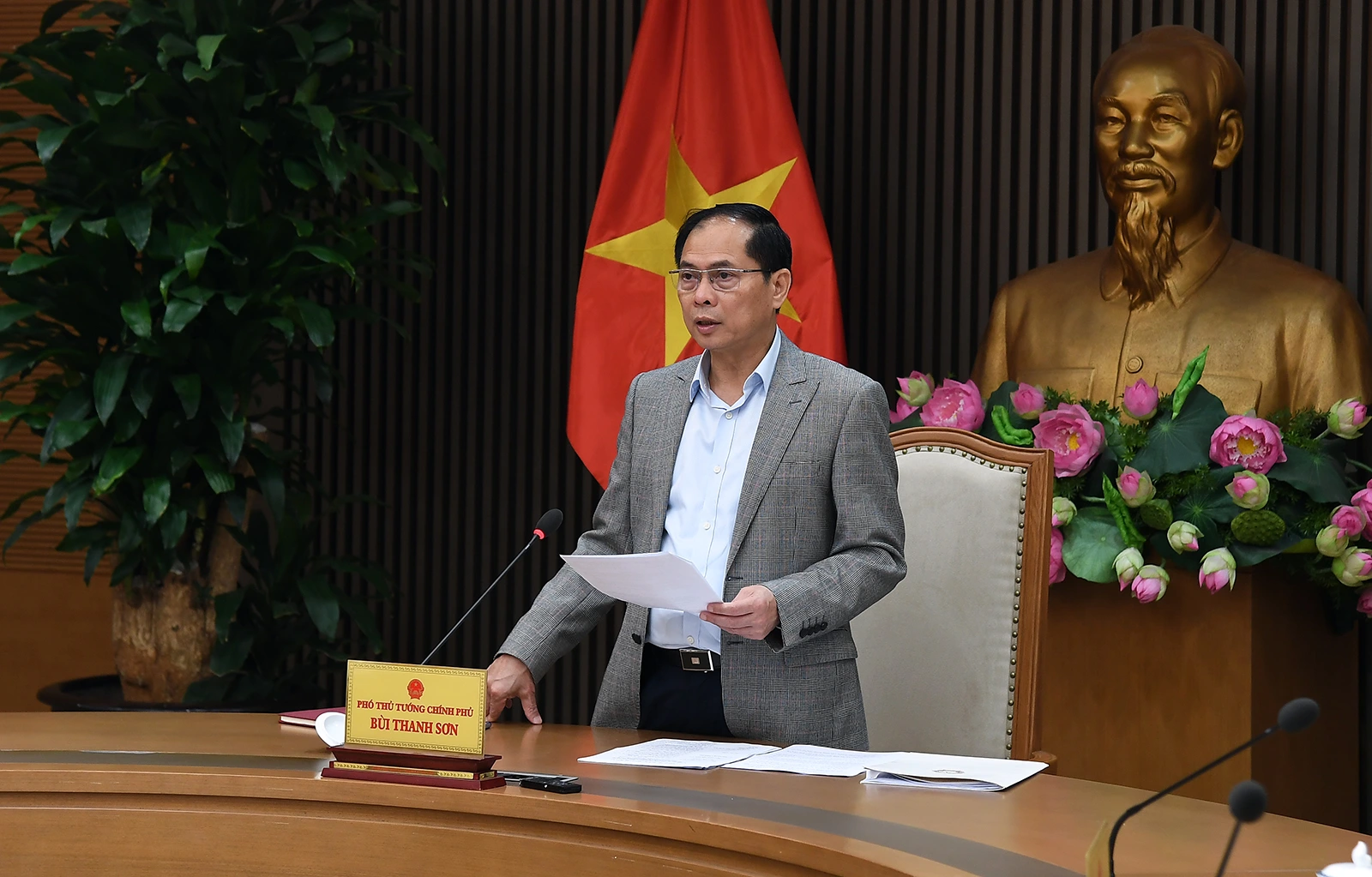































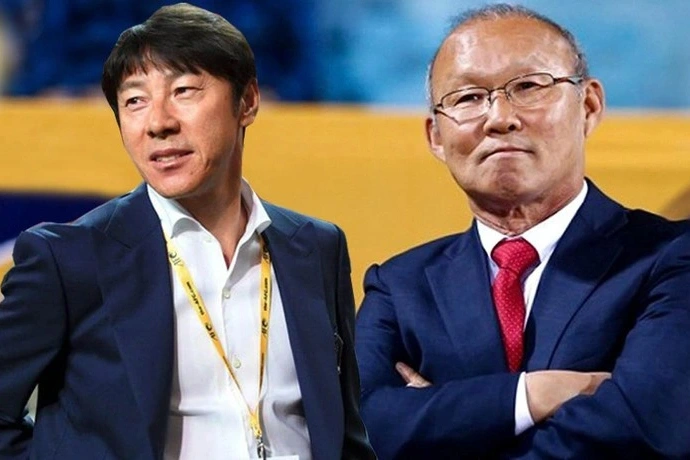


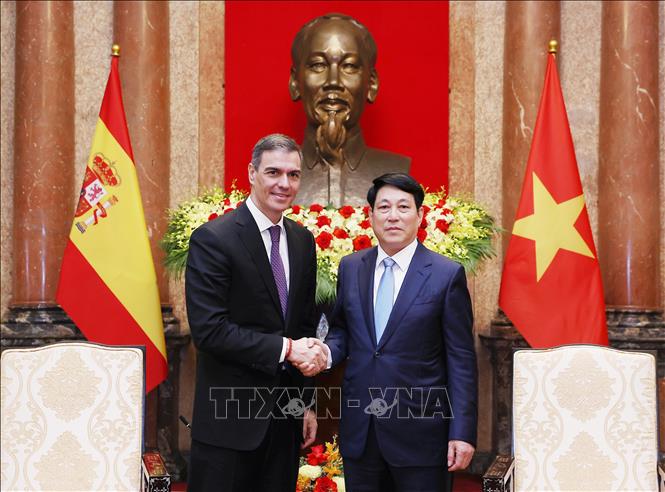








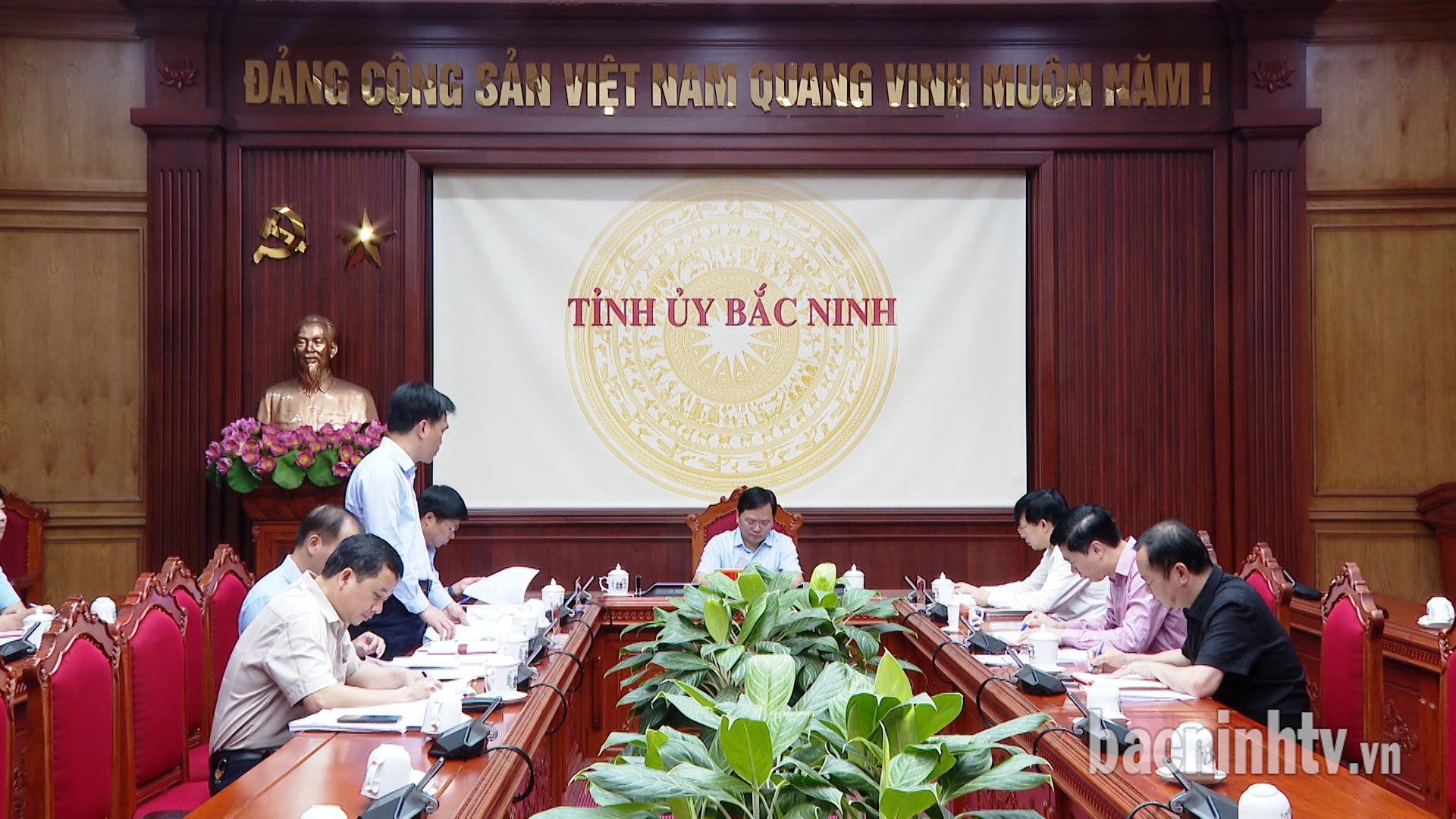
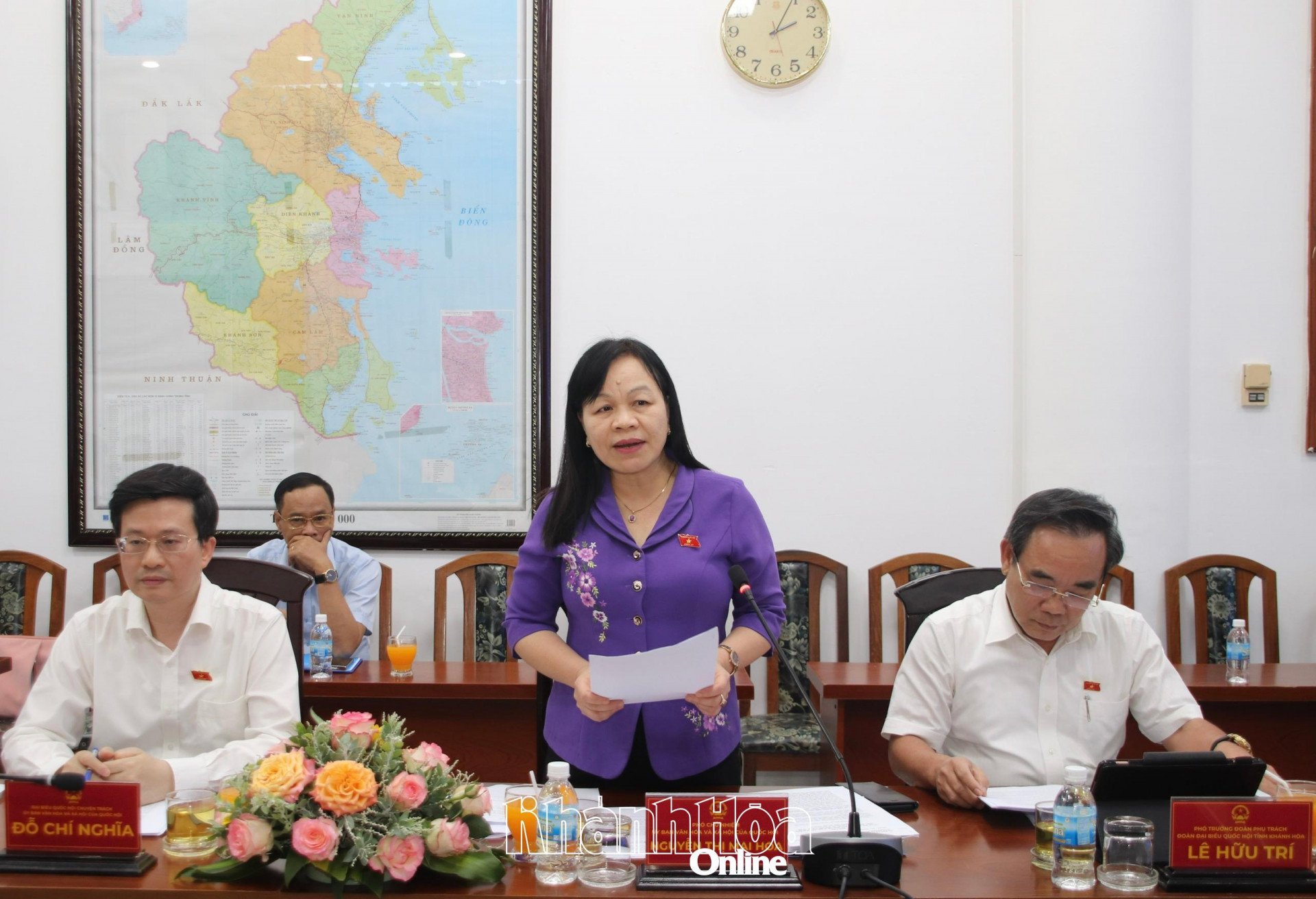
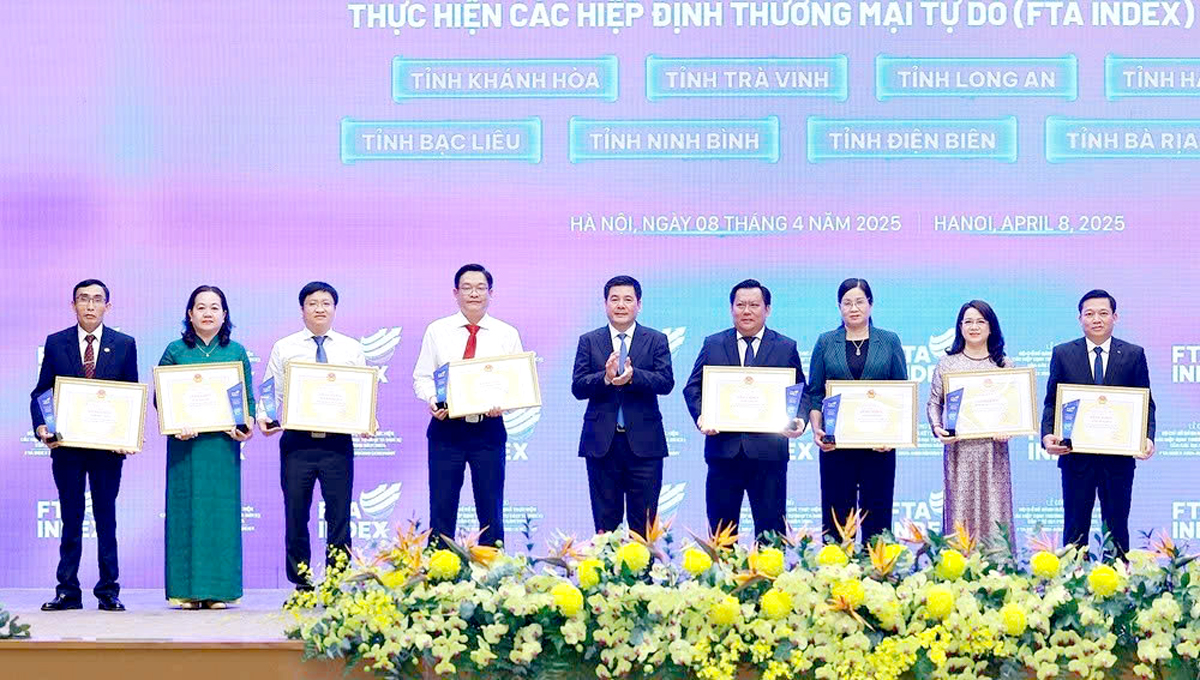
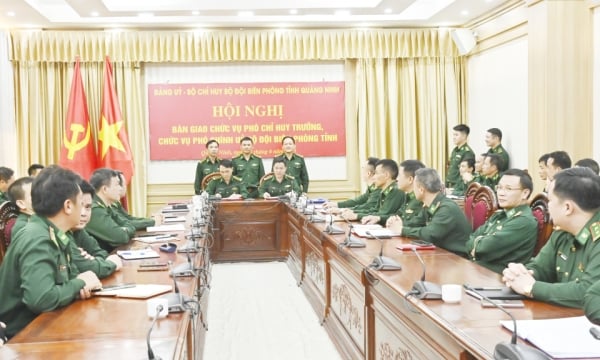
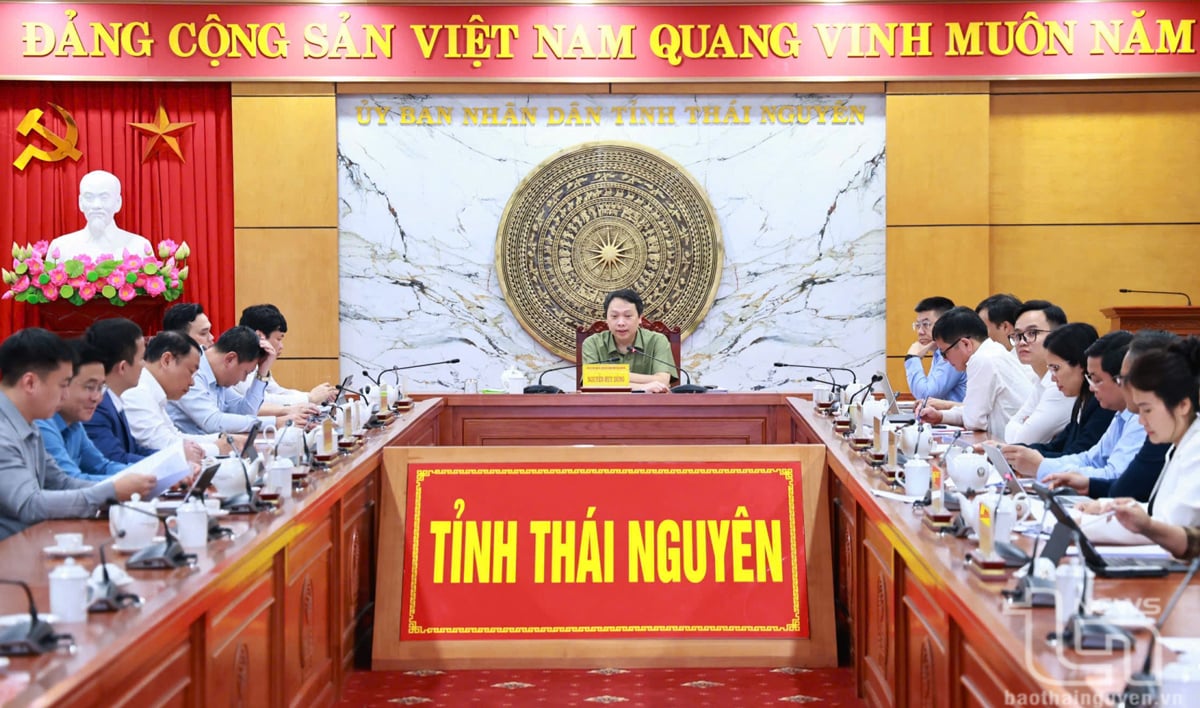










Comment (0)